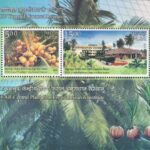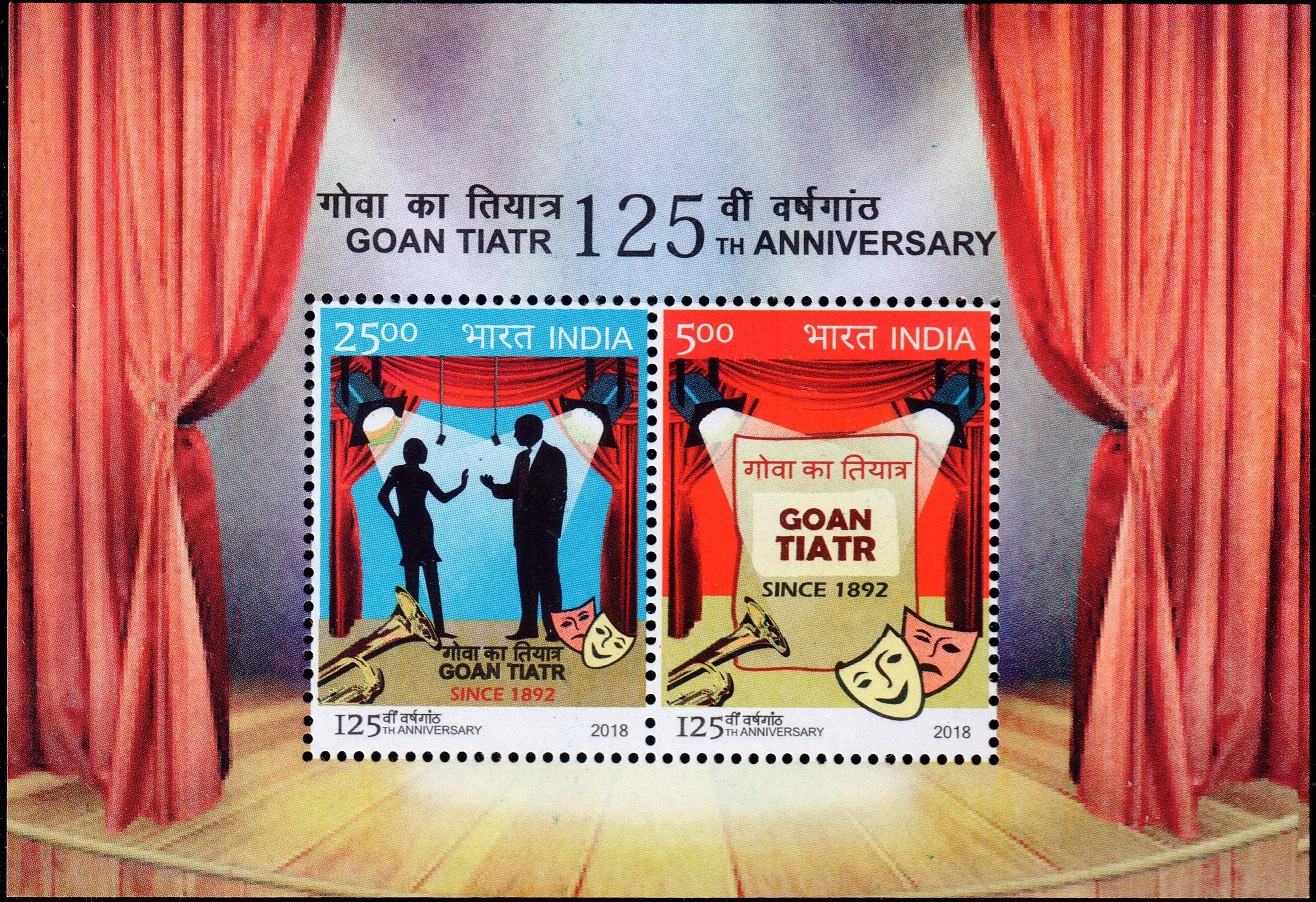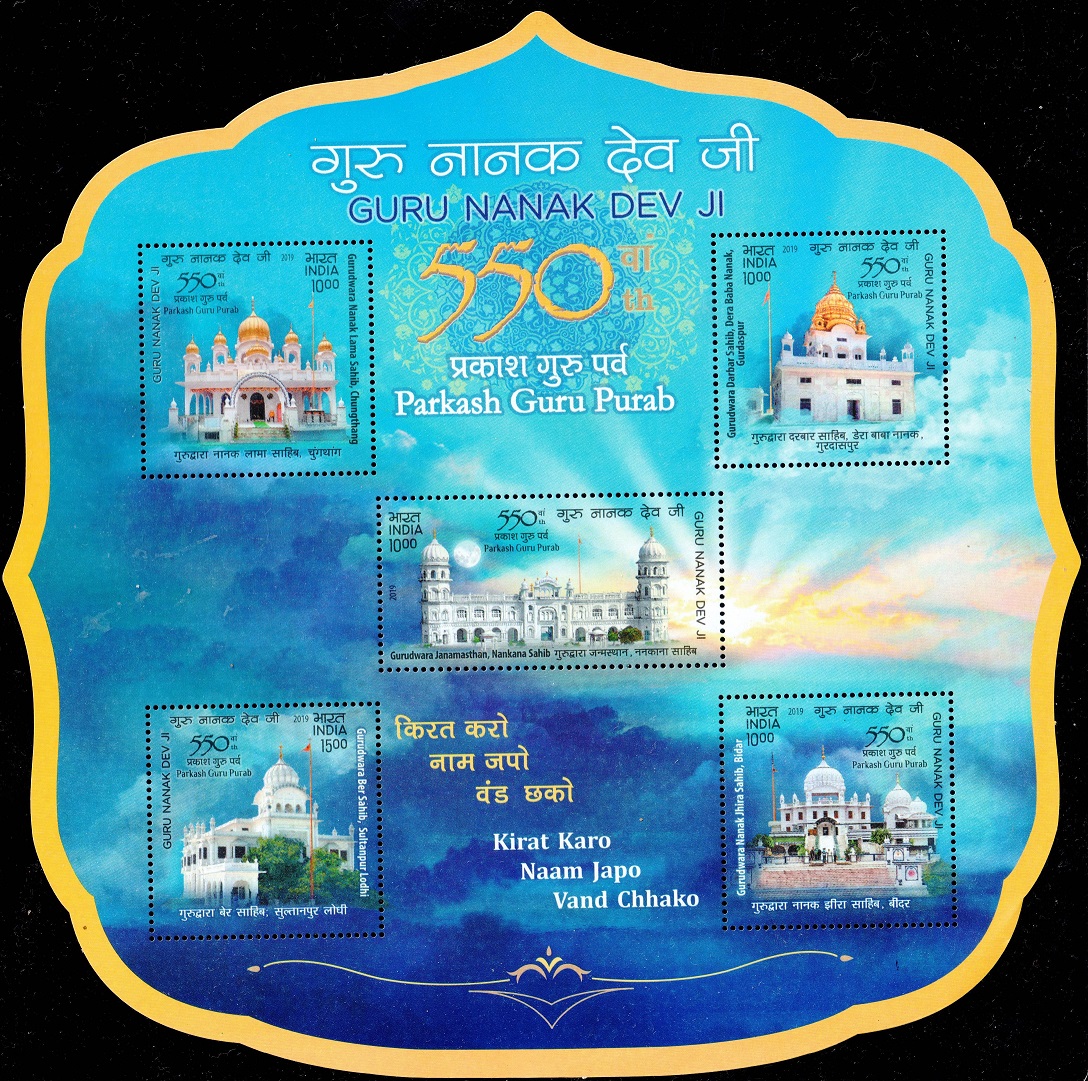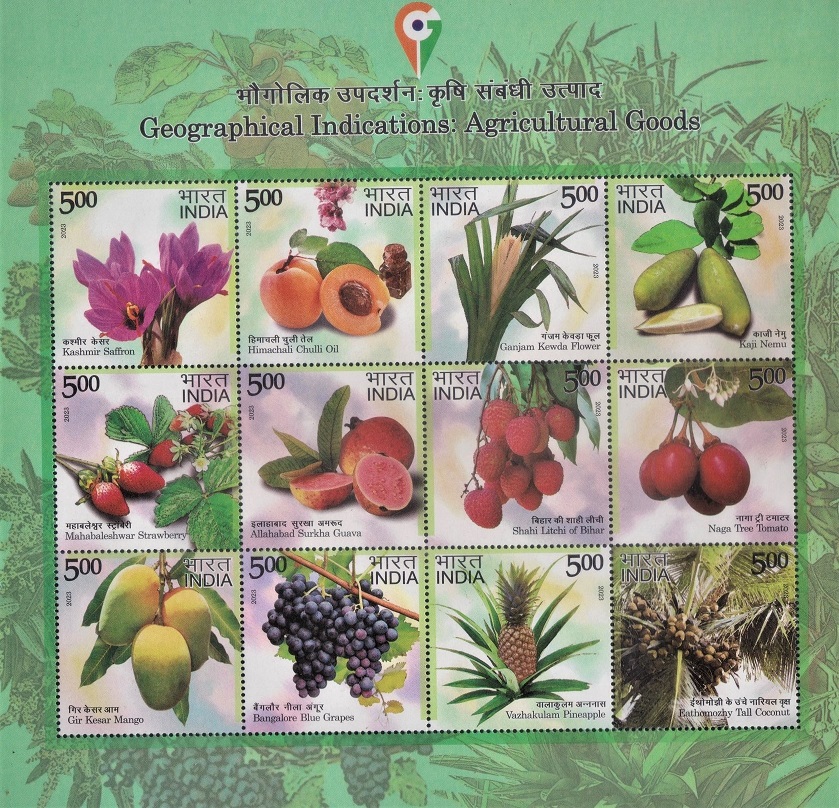
Geographical Indications: Agricultural Goods
A Miniature Sheet consisting of 12 nos. of postage stamp on the Geographical Indications (GI) : Agricultural Goods from India :
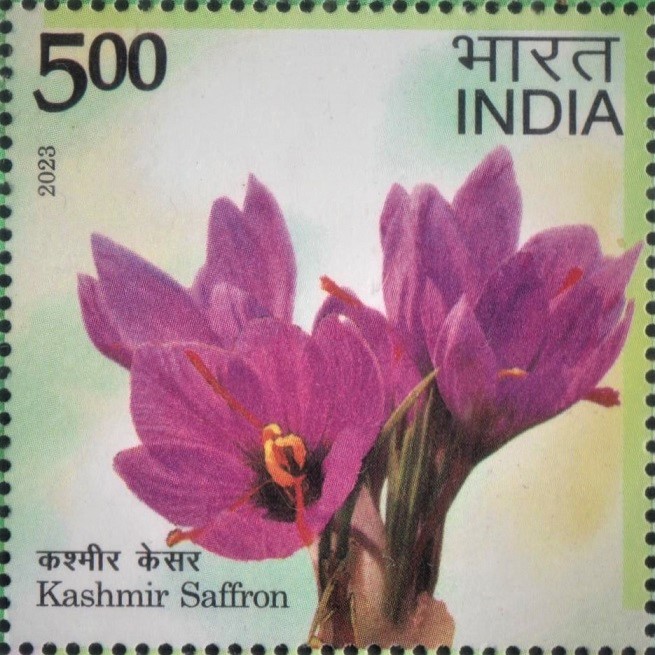
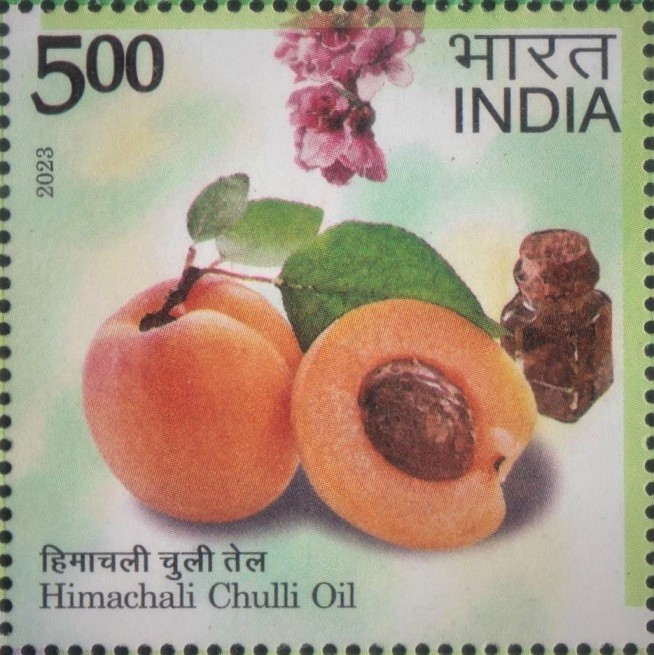
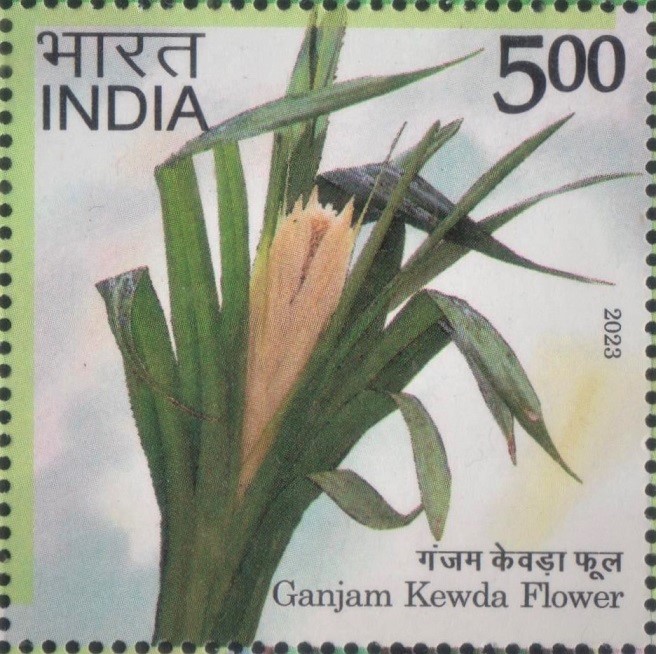
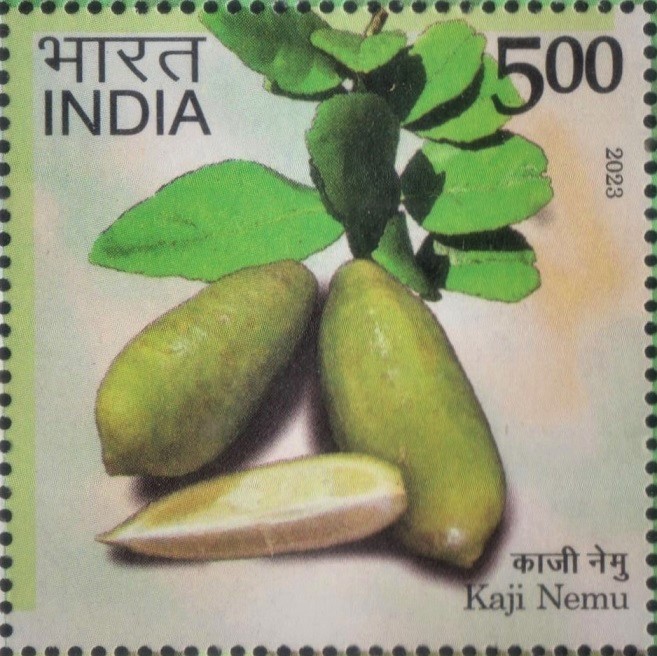
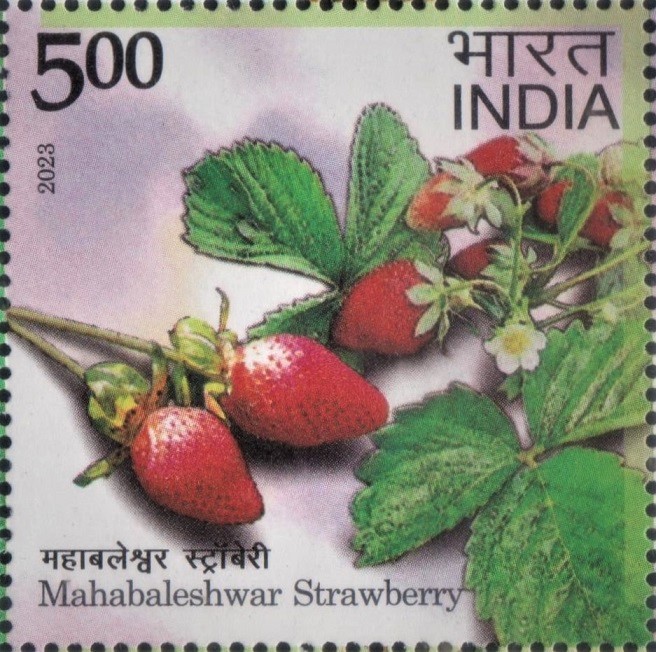
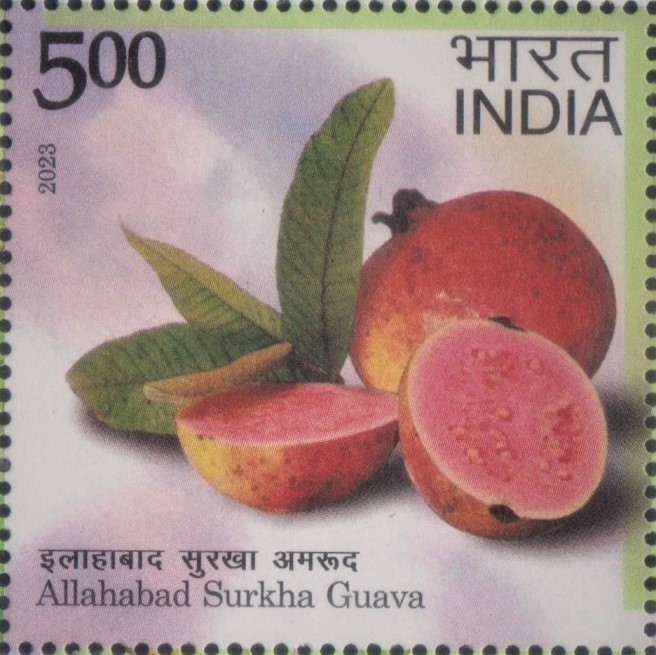
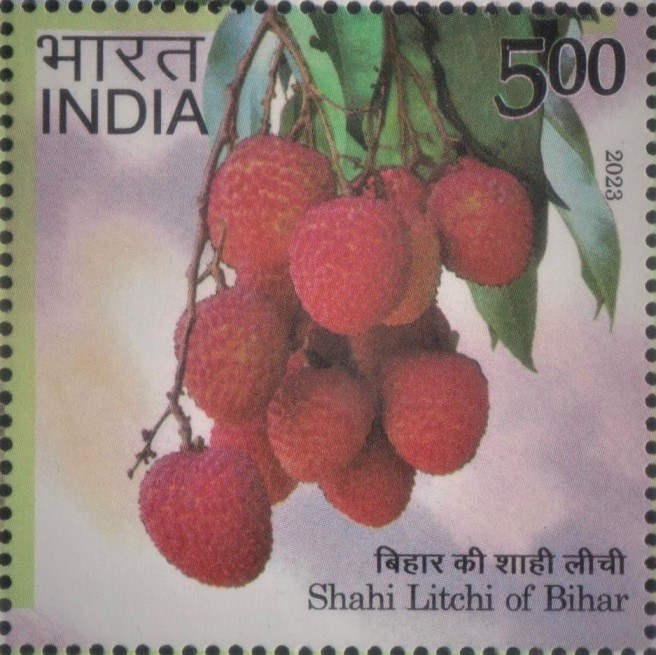
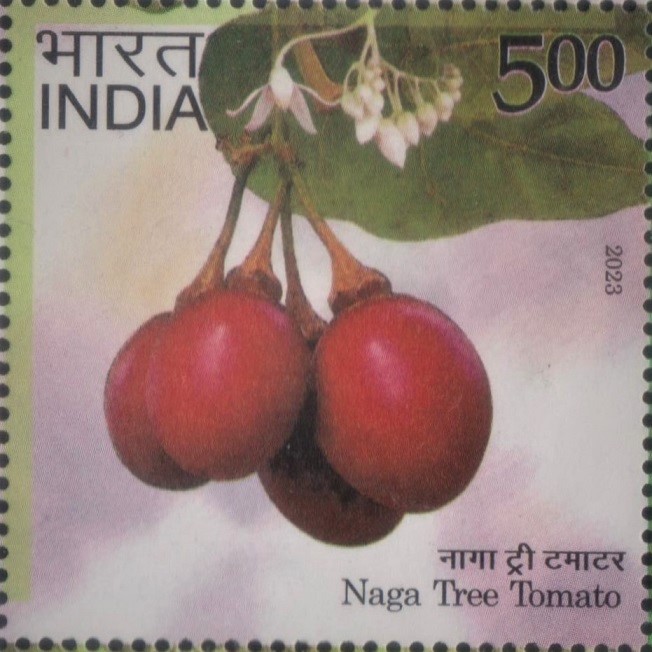
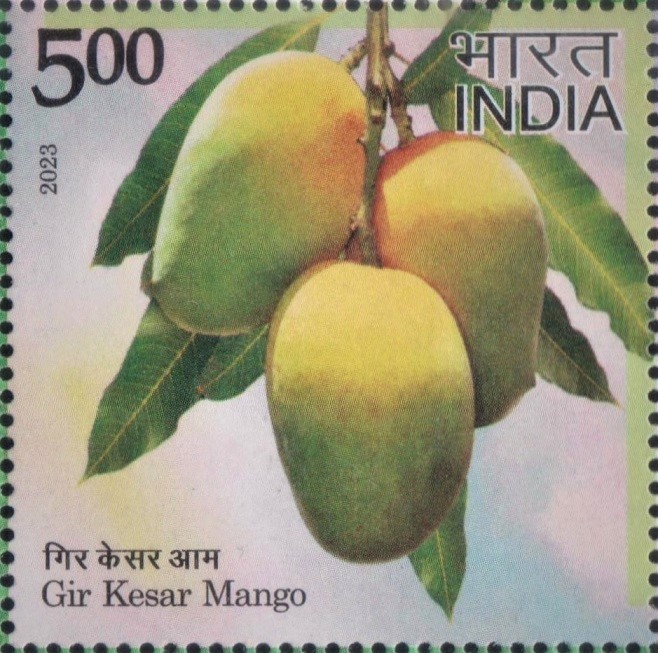
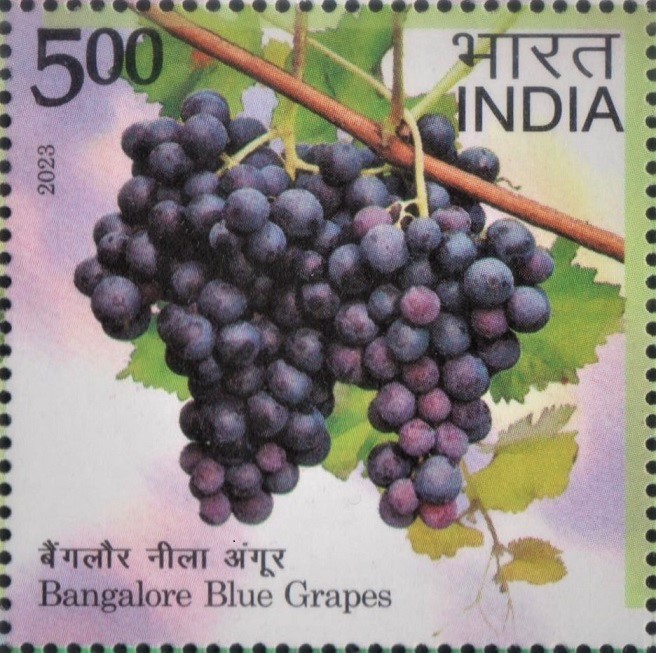
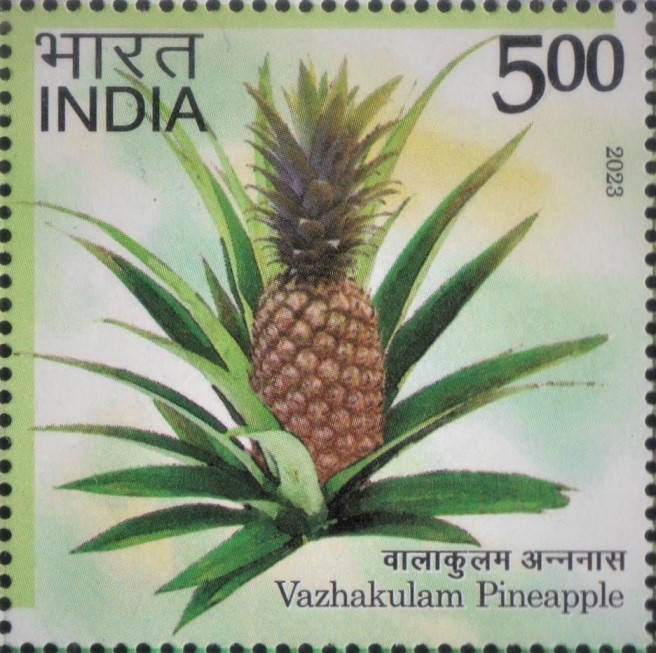
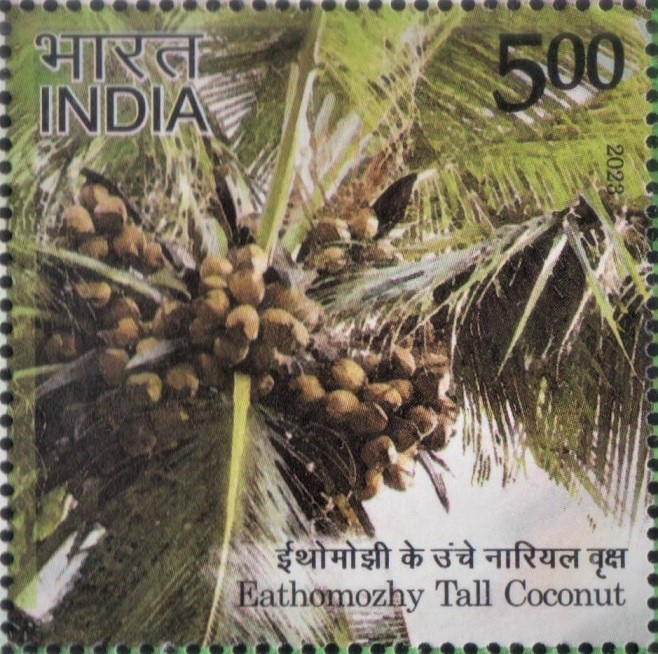
 Issued by India
Issued by India
Issued on Feb 13, 2023
Issued for : Department of Posts is pleased to issue Commemorative Postage Stamps on Geographical Indications for Agricultural Goods and pays tribute to collective and intellectual heritage of India.
Credits :
Stamp/FDC/Brochure : Shri Suresh Kumar
Cancellation cachet : Mrs. Nenu Gupta
Type : Miniature Sheet, Mint Condition
Colour : Multi Colour
Denomination : 500 Paise (12)
Souvenir Sheet Printed : 111000
Printing Process : Wet Offset
Printer : Security Printing Press, Hyderabad
About :
- Geographical indications (GIs) are intellectual property (IP) rights that serve to identify a product that originates from a specific geographical area and that has a quality, reputation, or other characteristics that are essentially attributable to its geographical origin. There are many laws and treaties enacted by the World Intellectual Property Organisation (WIPO) and World Trade Organisation (WTO) for the protection of Geographical Indications.
- The Geographical Indications Registry in India examines applications for GI in India and when an application for a GI is accepted, the same is notified in the GI Journal and if no opposition is received, the Geographical Indications is registered.
- Government of India enacted Geographical Indications of Goods (Registration and Protection) Act, 1999. This act came into force in September, 2003. Geographical Indications are part of our collective and intellectual heritage that needs to be protected and promoted. These individual treasures, rooted in Indian traditions, deserve to be shared with people across the globe.
- The Kashmir Saffron is cultivated and harvested in the Karewas (high lands) of Jammu and Kashmir by local farmers. It is the only Saffron grown at an altitude of 1600m to 1800m (above the mean Sea Level) in the world, which adds to its uniqueness and differentiates it from other Saffron varieties available in the world market. The Kashmir Saffron also has the distinction of being totally chemical free, organic and safest choice of consumers.
- The Wild Apricot commonly known as Chulli grows abundantly in the wild, in the districts of Shimla, Mandi, Kullu, Chamba, Sirmour, Kinnaur and Lahaul–Spiti of Himachal Pradesh. Himachali Chulli Oil is locally extracted for domestic use in almost all local households and is considered to be a good source of polyunsaturated fatty acids with nutritional and pharmaceutical value.
- The Ganjam Kewda Flower grows on a small tree or shrub which is both cultivated and grows wild, in coastal areas of Odisha. About 80-85% of Kewda canopy is concentrated within 10 km radius from the sea coast. The male flower “spikes” are used for producing perfume, aromatic oil (known as kewda oil) and fragrant distillation (otto) called “kewda-ka-arak”.
- The Kaji Nemu (Assam Lemon) is considered to have originated as a chance seedling raised in the citrus station Bumihut from the progeny of variety collected under the name China-kaghi from the village Hashara, in the district of Sivasagar. Kaji Nemu is relatively larger than the regular lemon. The sour citrus fruit is widely used in beverages, industries and medicines. Even after ripening it doesn’t fall from the tree for a very long period.
- The three major varieties of Mahabaleshwar Strawberry are Chandler, Sweet Charlie and Camarossa. Mahabaleshwar contributes about 90% of the total production of Strawberries in India. The climatic and soil conditions of Mahabaleshwar lead to a unique blend of strawberry having a distinct aroma and colour. It contains up to 80% water which makes it juicier than other strawberries. It is also sweeter than strawberries grown elsewhere due to higher percentage of glucose.
- The Allahabad Surkha Guava is distinguished by its large size, thin skin, thick flesh that is occasionally of deep pink colour, sweet taste, pleasant aroma and presence of numerous seeds. The specific area known for Allahabad Surkha Guava is situated between rivers Yamuna and Ganga. It has distinct agro-climatic conditions considered responsible for the special characteristics of Allahabad Surkha Guava.
- The Shahi Litchi of Bihar is one of the best varieties of litchi mainly grown in Muzaffarpur, Samastipur, Vaishali, Sitamarhi, East Champaran, Siwan, Darbhanga, Sheohar, Begusarai and adjoining areas of Bihar. It is an early maturing variety that starts maturing in the 2nd week of May and continues till the 1st week of June. Fruits are of large size, round in shape and crimson red in colour. Its juicy aril (the edible portion) is of cream colour.
- The Naga Tree Tomato is a fruit that grows on trees and has a close resemblance of tomato. However, it is not a true tomato. It is grown widely throughout the state of Nagaland and has been a traditional food item of the Naga people since time immemorial. It is known locally as “Si Binyano” and “Khwtidi”. Naga Tree Tomato fruits are smooth, egg-shaped with a thin skin and a soft flesh during ripening and usually weigh about 100-150 gm. The fruit is rich in vitamins A and C as well as an excellent source of calcium, iron, potassium, phosphorus and magnesium.
- The Gir Kesar Mango is a well-known variety of mango grown particularly in the Junagadh region of Gujarat. The term ‘Kesar’ (saffron) is used to describe this variety due to the saffron colour of the fruit pulp which has almost no fiber. The fruit is oblong in shape, weighs about 250-300 gm and tastes sweet. The tree is hardy, single stemmed and slow growing which takes about 3-4 years to bear fruit. It is a regular bearer and bears fruits every year.
- The Bangalore Blue Grapes are grown primarily in the Bangalore Rural district in Hoskote, Dodballarpur, Neelamangala and Devanahalli. Berries are small sized, dark purple, ovoid and seeded with thick skin. The juice of berries is purple coloured, clear and has a pleasant flavour.
- The Vazhakulam Pineapple is grown in Ernakulam, Kottayam, Pathanamthitta and Idukki districts of Kerala. It is locally known as ‘Kannara’. The plant is about 85-90 cm in height with spiny leaves and yields fruits in about 12 months. The average fruit weighs around 1200 g. The fruit has a pleasant aroma, slightly conical shape, crisp, sweet and golden yellow flesh.
- The Eathomozhy Tall Coconut is a natural selection of traditional variety of west coast tall coconuts that adapts well to the soil and climatic conditions of Kanyakumari district of Tamil Nadu, India. Eathomozhy Tall Coconut is known for its sturdy stem, large crown, fairly big sized nuts, with good fibre in the thick shell, kernel and high copra and oil contents. The nuts are round or oblong and dark or light green in colour. They mature in 11-12 months.
- Text : Department for Promotion of Industry and Internal Trade.
Subscribe
Login
0 Comments


